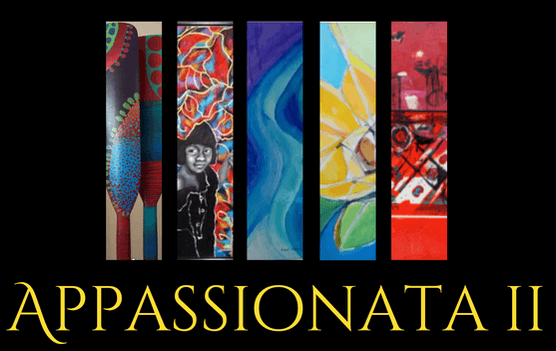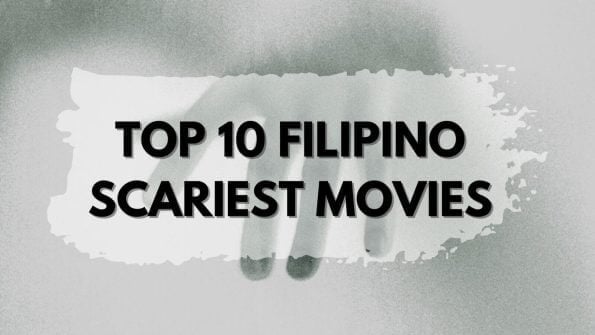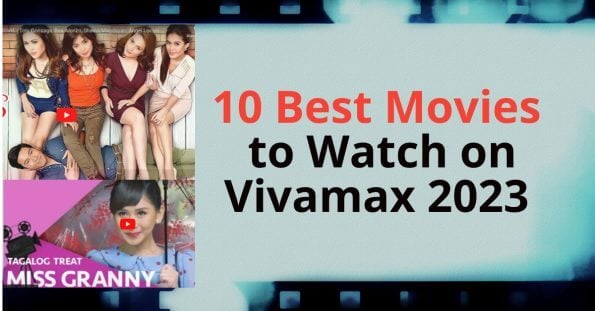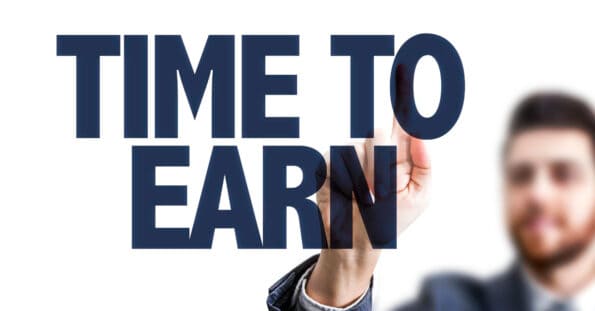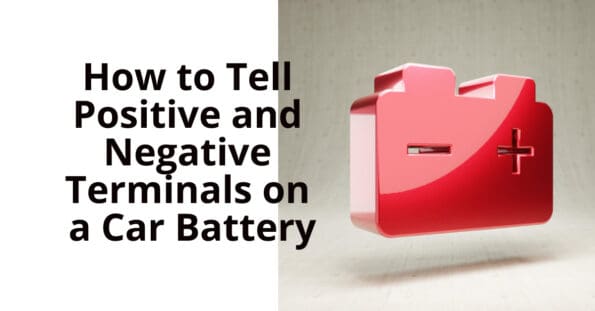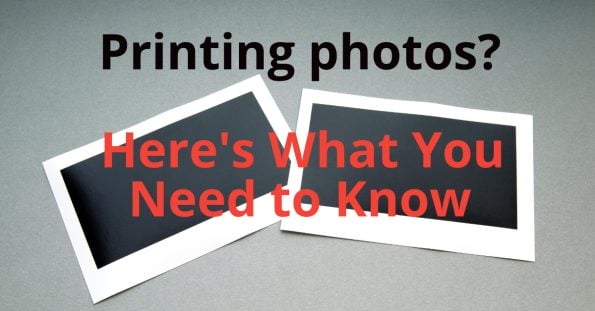Credits To The Owner
We may have stumbled upon this acronym once or twice. Maybe you have seen it from several social media posts and quotations. In fact, this term – CTTO – has been frequently used for crediting the material source for a particular post or information.
Credits To The Owner – How far can it go?
CTTO – Credits To The Owner: Should You Use It?
Most people simplify it by just posting the word – CTTO alongside a social media post, blog post, or any source to back up a piece of particular information. However, before you start using this, it’s essential to dig deeper into its true meaning, its benefits, and when you should “really” use the word.
CTTO is mainly used when you share media like videos or photos which are not yours and are traditionally taken somewhere else—you are not the source. People use this to give credit but are not always reaching the rightful owner.
The media-centered generation and society have been using the term “CTTO” as a free pass so you can share and use content that is not yours. But, unfortunately, it has excluded the actual credit and responsibility itself.
CTTO Trend
Credits to the owner is a new trend when it comes to blogging sites. This is where you just credit the owner of the blog with the blog in question. It is normally done when you post in an entry with their blog in it. They just posted something, and then credited you in it. It is very good when done with other blogs.
Is It Legal To Use CCTO?
You may not be aware yet, but the country has an existing legal policy regarding using and sharing copyrighted content. These content creations include music, texts, photos, films, architectural designs, and more.
Intellectual Property Office of the Philippines
According to IPOPHL, copyright includes the content, quality, and purpose of the work and the process of creating it. Therefore, it is inconsequential whether some critics consider a particular work to be lacking in artistic value. Generally, as long as it’s been created independently and exhibits a minimum level of creativity, it is protected by copyright.
The agency also explained that copyrights have already been given to the rightful owner when the material or content was created. In regards to the public using content that is from another source, giving them rights to use this material through the “fair use” concept by reconsidering the following key elements:
4 Key Elements of “Fair Use”
- The nature of any copyright content/work
- The character and purpose of use
- The substantiality and amount of the piece you’ll use, share or take
- It’s effects upon the use to your target audience or market.
Copyright in a nutshell
In a nutshell, copyright refers to the legal protection of the owner of a work of authorship for the limited expressive uses of that work, whether for the purpose of publication, distribution, or creation of derivative works. The owner of copyright has the exclusive right to make and sell copies of a specific original work.
When you hear the term “copyright” you probably think it’s related to the laws that govern copyright. But copyright law is actually a lot more complicated than most people you meet on the internet realize. For example, you might think that if you have a copyrighted photo of your niece on your computer, you have the right to use that photo for any purpose you want without the copyright holder’s permission. And you’d be right—under the law—to use the photo without permission. However, the actual question is whether you are allowed to do so without infringing on the copyright holders’ rights. If you don’t do anything that would infringe on the copyright holders’ rights, then you would be free to use the photo.
When Should You Give Credits?
Credits to the owner (CTTO) have been widely used for video content. You can see tons of people saying or noting that “they don’t own the content, material, piece” in their descriptions. However, they lack the proper credits to the rightful owner.
For instance, YouTube is an excellent platform for the excessive use of the term CTTO. There are tons of video clips, music, materials, and content that are being re-uploaded daily. This is done since most materials lack the valid copyrights tagged along with them.
The good news is that YouTube has unique ways to reclaim the original content creator and flag any re-uploading process for copyright infringement.
Though there are still tons of abusive uses of the said term, it is essential that we know when and how to use it when giving credits.
How To Properly Use CCTO – Seek Permission!
Adding CTTO or credits to the owner is not enough. IPOPHL stated that when you use this term, you also need to:
1. Seek permission first before using the content and approval for use.
2. If you are granted to use the content or material, mention the owner’s full name, and cite the website or URL you stumble upon. This is the time you need to credit the owner properly.
What is fair use of content?
Fair use of content or material is when you use the original content for education or personal use. The Intellectual Property Code of the Philippines (RA 8293) states that there are four factors you need to consider when you judge if it’s fair use which we mentioned above.
The four factors of fair use:
1. The purpose and character of the use, including whether such use is of commercial nature or is for nonprofit educational purposes
Courts typically focus on whether the use is “transformative.” That is, whether it adds new expression or meaning to the original, or whether it merely copies from the original.
2. The nature of the copyrighted work
Using material from primarily factual works is more likely to be fair than using purely fictional works.
3. The amount and substantiality of the portion used in relation to the copyrighted work as a whole
Borrowing small bits of material from an original work is more likely to be considered fair use than borrowing large portions. However, even a small taking may weigh against fair use in some situations if it constitutes the “heart” of the work.
4. The effect of the use upon the potential market for, or value of, the copyrighted work
Uses that harm the copyright owner’s ability to profit from his or her original work by serving as a replacement for demand for that work are less likely to be fair uses.
For instance, if you sing the latest pop song at a get-together party for your family or close friends and you are not paid to do so, that is what you can be considered fair use but if you broadcast it public event, you maybe hit by a complaint. (FILSCAP)
Using a downloaded photo from google and using it on your blog or social media, is not and never will be an excuse to use the images freely. Seek permission from owner then proceed. Here is a sample of downloading a photo and using it on a broadsheet without permission. – Vigan Blog Photos
Intellectual Property Office of the Philippines (IPOPHL) States that “Works are protected by the sole fact of their creation, irrespective of their mode or form of expression, as well as their content, quality and purpose. Thus, it does not matter if, in the eyes of some critics, a certain work has little artistic value. So long as it has been independently created and has a minimum of creativity, the same enjoys copyright protection,”
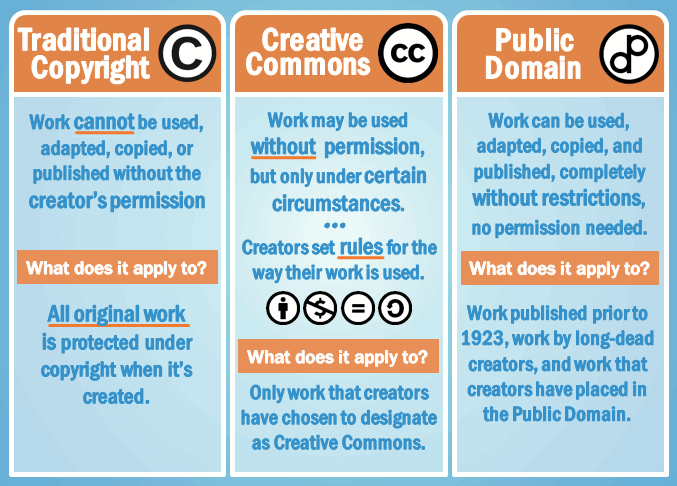
Copyright infringement is the unauthorized use of someone else’s copyrighted material.
Black and white definition so it leaves you no recourse but to seek the proper permission for use.
How to give CTTO?
Seek permission and if possible get it in writing in case they change their minds. People have to respect copyright of the owner. Ask how they want to be credited and how you could give some value back for their work.
Is CTTO Valid Citation?
No it is not, There has to be some effort to find the original owner or source of the copyright. Not crediting the source is one issue, another issue would be claiming it as your own since there is no mention of anyone else owning the copyrighted material. If yo are to credit someone properly, it is best to show name of the original copyright of photo or video right under. Will it absolve you of any copyright infringement? I doubt.. so connect with the original owner and ask.
Final thoughts
What are your thoughts about this topic? Have you tried using this term, and did you use it right? We hope you did learn something from us today! Leave us a comment and share your opinions, experience and how you use it when you give credits to the rightful owner.
Guide to Copyright, Fair use and Creative Commons for Educators prepard by Edublogs
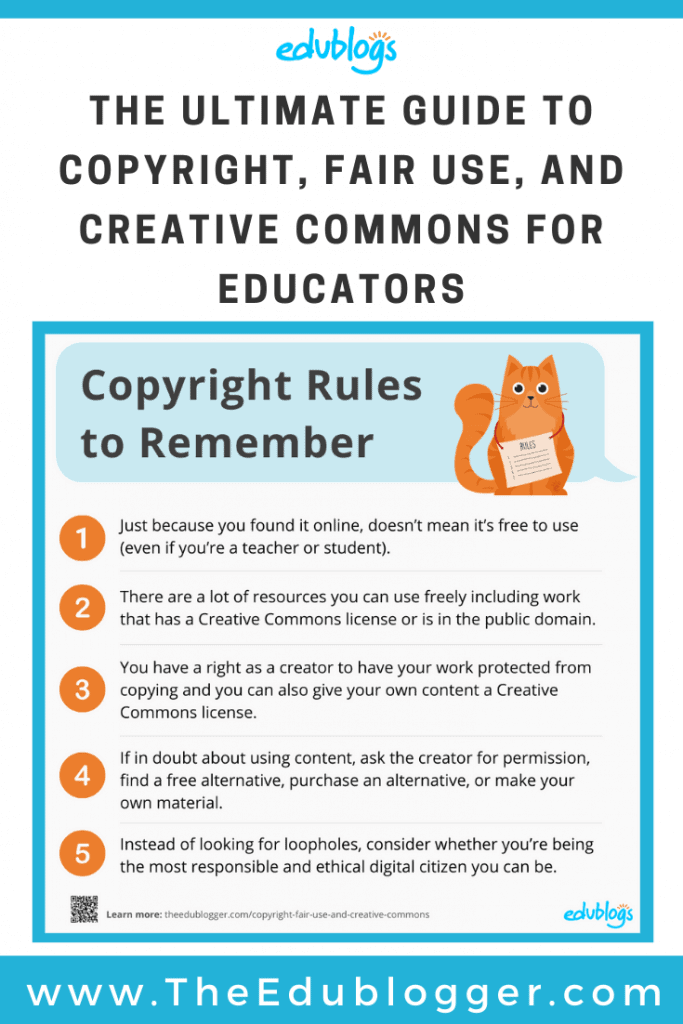
When in doubt, don’t.. best to seek permission than break someone’s rights. Technology has given as avenues of growth for communication so we should use this to seek proper permission for work that isn’t ours.


